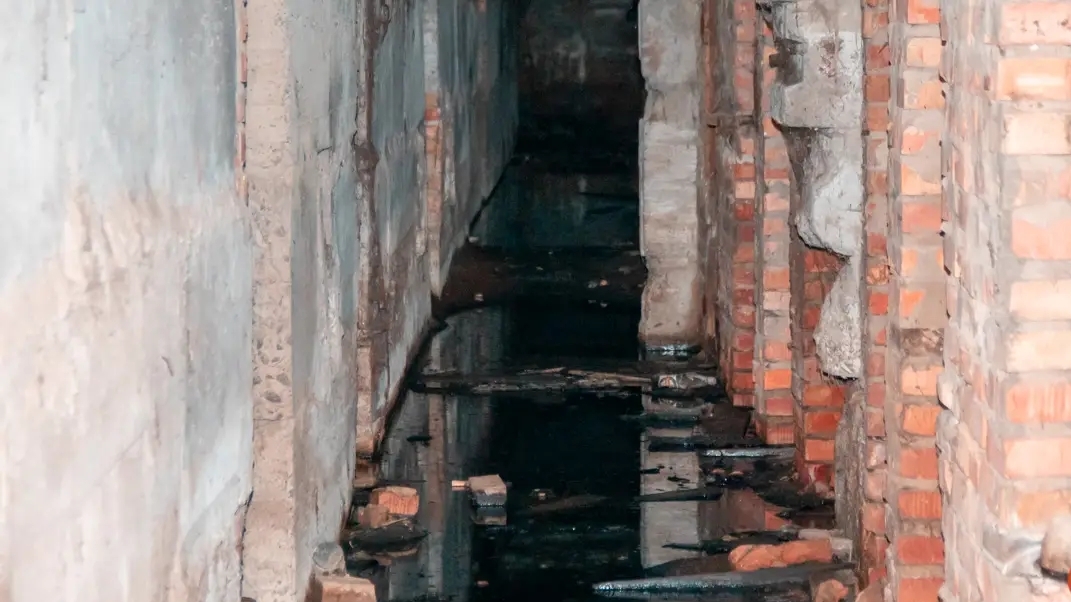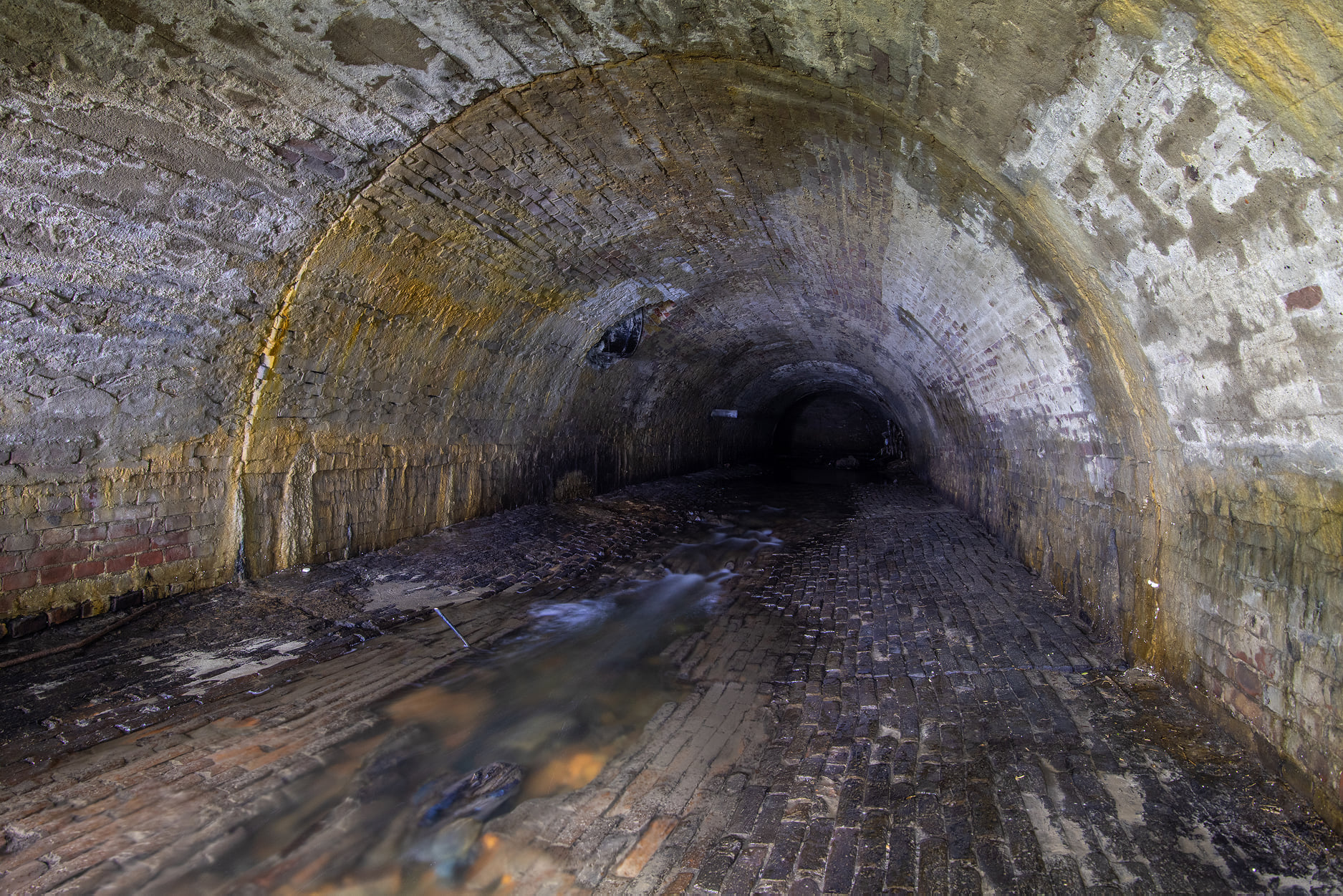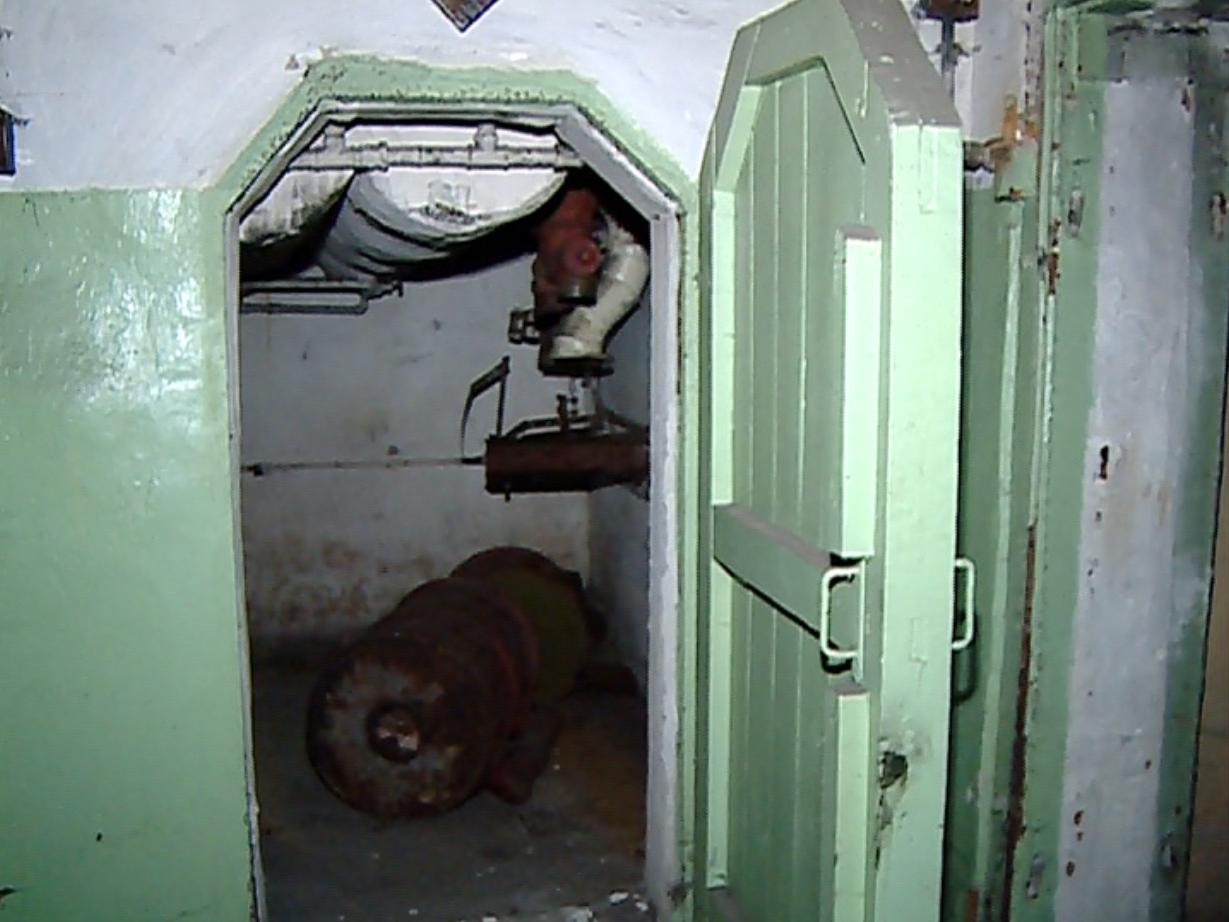In the Dnipro, they told how 100 years ago they built a sewer
Estimated reading time: 7 minutes
The construction of the city sewerage was intended to contribute to a significant improvement in the sanitary and hygienic condition of the city.

In the Dnipro, they told how 100 years ago they built a sewer
At the beginning of 1913, at the initiative of the city government, a large-scale restructuring of the sewer network began. It was designed to turn the city into a metropolis with European quality amenities and living standards. How modern sewerage appeared in our city was told at the Museum of the History of the Dnipro.
The construction of the city sewerage was intended to contribute to a significant improvement in the sanitary and hygienic condition of the city and its individual districts, to create the proper conditions that made it impossible for the spread of infectious diseases and epidemics among the citizens.


In parallel with the construction of sewer collectors, laying pipes, organizing sewage treatment plants, the city government also planned to connect city households to the municipal sewerage system. The new utility company quickly began to turn into one of the main financial donors of the city budget.
On the proposal of the city government, the vowels of the Yekaterinoslav City Duma considered and adopted at the next meeting the "Rules for the use of city sewerage", which regulated the nature of relations between the owners of houses and the municipal enterprise.
During this period, the City Council developed and adopted at its regular meeting the "Rules for the use of city sewerage", which determined the procedure and regulatory framework for the operation of the network. In the process of legislative registration of the regulatory framework, representatives of local governments used the experience of European and Russian cities, where the city municipal sewer network has been successfully functioning for many years.
In accordance with the regulatory framework, the connection to the city sewer of individual estates of citizens, not excluding state and public institutions for the purpose of removing wastewater, was allowed only with the permission of the city council. The homeowner took on a number of obligations, in particular, to comply with all the regulatory and technical requirements for the use of sewerage, which were developed by the vowels of the Yekaterinoslav City Duma.
According to the rules, all excavation, technical and installation work on arranging sewerage inside the estate, both in houses and in the yard, up to the last courtyard well, was carried out by the owner of the house exclusively at his own expense. The maintenance and repair of the house and yard sewerage network also took place exclusively at the expense of the owner of the estate. The installation of a connecting sleeve from the last well of the yard sewer to the city street network was carried out on the basis of the relevant order of the city government. By the beginning of the technical work, the owner of the house or estate paid a certain amount of collateral by the council.
Each owner who expressed a desire to lay a central sewerage system on their property, on the basis of the rules, had to submit for consideration and approval by the city government a detailed project of sewerage facilities in accordance with the technical specifications processed by the city government for the design and arrangement of sewerage, an estimate for the arrangement of the manor sewage system without measuring instruments in buildings and their connection to water lines. For the convenience of homeowners, the city drawing office took over the order for drawing up projects and estimates for the sewerage of estates according to the established city government fee. It is worth noting that the majority of Yekaterinoslav homeowners readily agreed to these proposals of the city government.
The technical design of the sewer provided by the homestead owner was considered by the city government within a week, it was either approved or returned to the owner for processing with appropriate comments and instructions.
When the council approved the project and the sewerage estimate, one copy of the project remained in the council, and one was provided to the owner with permission to equip the estate sewerage, subject to payment of the required amount for city technical supervision, supervised the construction of the sewer network.
The sewerage was arranged inside the estate up to the last well in the yard using an economic method or by handing it over to a contractor on the basis of a project approved by the city government. Technicians from the city government were sent to carry out general supervision of these works. Their work was paid by the owner of the house in the amount of 5% of the approved estimate of the estate sewerage upon receipt of an approved project for the construction of a sewer network.
For using the services of biological water treatment, an ordinary resident of the city paid 15 kopecks. per year for each average daily bucket in 1907. In addition, when making calculations, the city government took into account the total number of inhabitants of a house or a particular estate.
It is worth noting that at the legislative level, the City Council of Yekaterinoslav was granted the right to connect all owners of real estate to the sewer main, located in the area of \\u200b\\u200bits course.
Wells for connecting the sewerage of private estates to the city network were built simultaneously with the laying of collectors and street lines. In accordance with the rules, half the cost of the well was paid by the homeowner, half by the city. Connecting wells were considered city communal property. For joining the city sewer line for all owners of estates, the same fee was set. It consisted of half the cost of the well, the cost of laying pipes at a distance of half the width of the street from the front line of houses at an average depth of pipe laying. City technical supervision exercised control over compliance with technical requirements by contractors when laying the sewer network.
For the discharge of polluted water into the city sewer, the homeowners of Yekaterinoslav paid 2 rubles each. 50 kop. for 1000 buckets, which was consumed based on the readings of the water meter.
At a meeting of December 2, 1914, the technical commission discussed the issue of connecting private courtyards to the city sewer network.
"Rules for the use of urban sewerage" regulated the procedure for its operation. Thus, Yekaterinoslav homeowners were granted permission to discharge into the sewer network: sewage from water closets, urinals, all dirty household water, water from central heating mains in houses and ice.
In accordance with the rules, it was strictly forbidden to discharge groundwater, precipitation, or sewage from city factories and plants into the city sewer. In addition, it was forbidden to lower any solid objects into the city sewer network - garbage, ash, slag, earth, sand, straw, wood chips, kitchen and household waste.
Despite the current difficulties and problems with the installation of the sewer line, at the end of 1914 it began to function successfully, bringing a good profit to the city budget. In particular, for the last quarter of 1914, the profit from the operation of the city sewerage amounted to 9,100 rubles.
Due to difficult wartime circumstances, the Yekaterinoslav City Duma was forced to reduce its expenses on the arrangement of the lighting system and the laying of new tram tracks in order to repay the loan that was taken for the construction of the city sewer. The lack of finances made it impossible for the intensive development of the sewer system in the future, which affected the scale and pace of its construction in the subsequent period.




